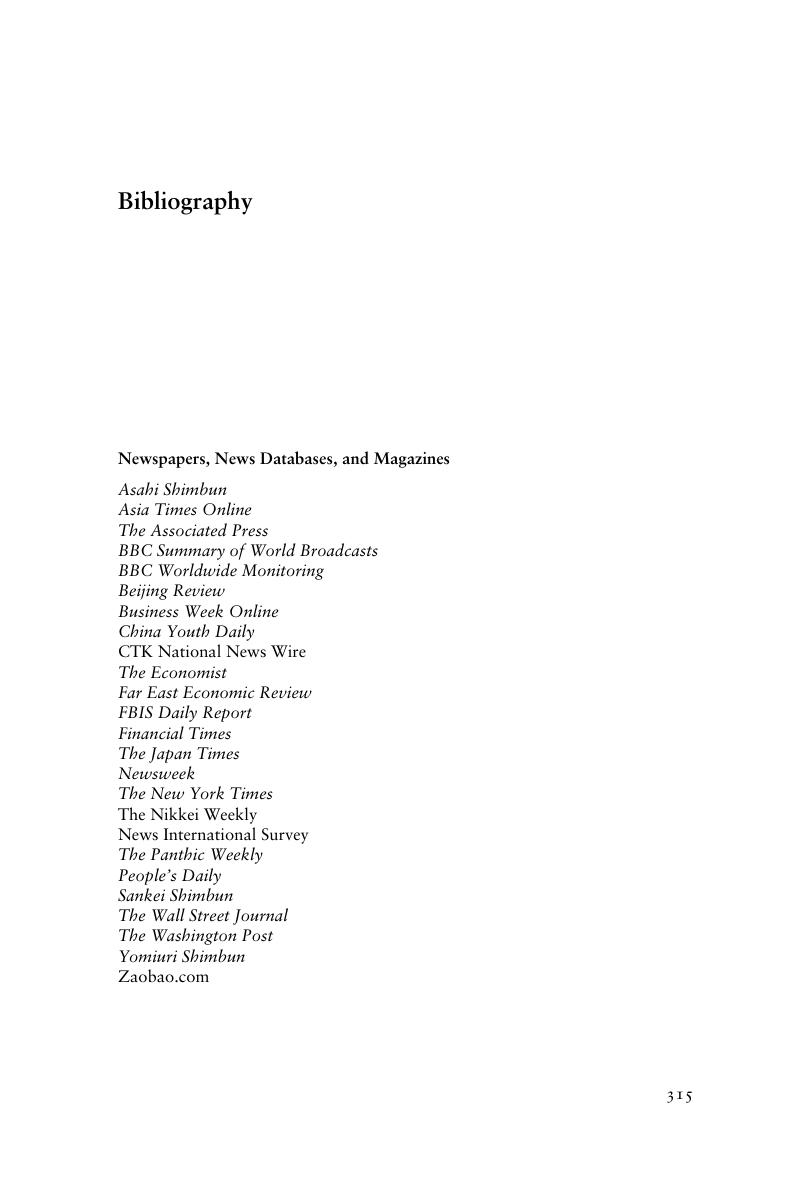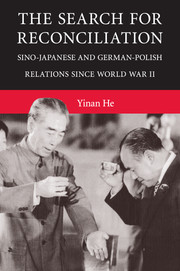Book contents
- Frontmatter
- Contents
- Tables and Illustrations
- Acknowledgments
- List of Abbreviations
- List of Postwar Japanese Prime Ministers and (West) German Chancellors
- Chronology
- Introduction
- 1 Explaining Deep Interstate Reconciliation
- 2 When East Meets West: Postwar German-Polish Reconciliation
- 3 Initial Isolation: Pre-Normalization Sino-Japanese Relations
- 4 The “Honeymoon” Period: Sino-Japanese Relations, 1972–1981
- 5 An Old Feud Comes Back: Sino-Japanese Relations in the 1980s
- 6 Volatility and Downward Spiral: Sino-Japanese Relations from the 1990s to the Present
- Conclusion
- Appendix
- Bibliography
- Index
- References
Bibliography
Published online by Cambridge University Press: 04 August 2010
- Frontmatter
- Contents
- Tables and Illustrations
- Acknowledgments
- List of Abbreviations
- List of Postwar Japanese Prime Ministers and (West) German Chancellors
- Chronology
- Introduction
- 1 Explaining Deep Interstate Reconciliation
- 2 When East Meets West: Postwar German-Polish Reconciliation
- 3 Initial Isolation: Pre-Normalization Sino-Japanese Relations
- 4 The “Honeymoon” Period: Sino-Japanese Relations, 1972–1981
- 5 An Old Feud Comes Back: Sino-Japanese Relations in the 1980s
- 6 Volatility and Downward Spiral: Sino-Japanese Relations from the 1990s to the Present
- Conclusion
- Appendix
- Bibliography
- Index
- References
Summary

- Type
- Chapter
- Information
- The Search for ReconciliationSino-Japanese and German-Polish Relations since World War II, pp. 315 - 350Publisher: Cambridge University PressPrint publication year: 2009



